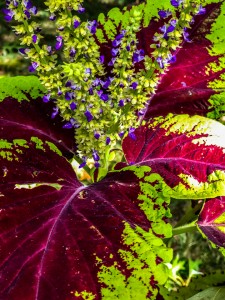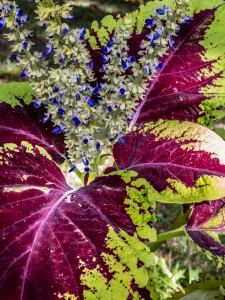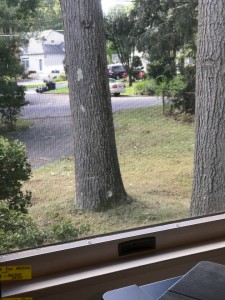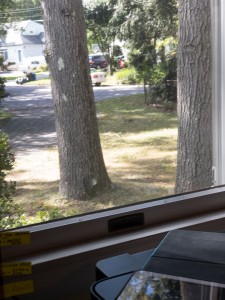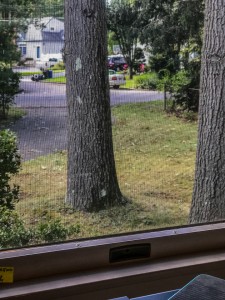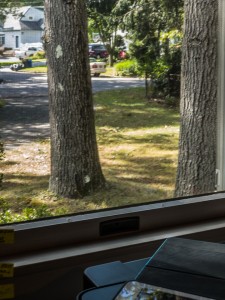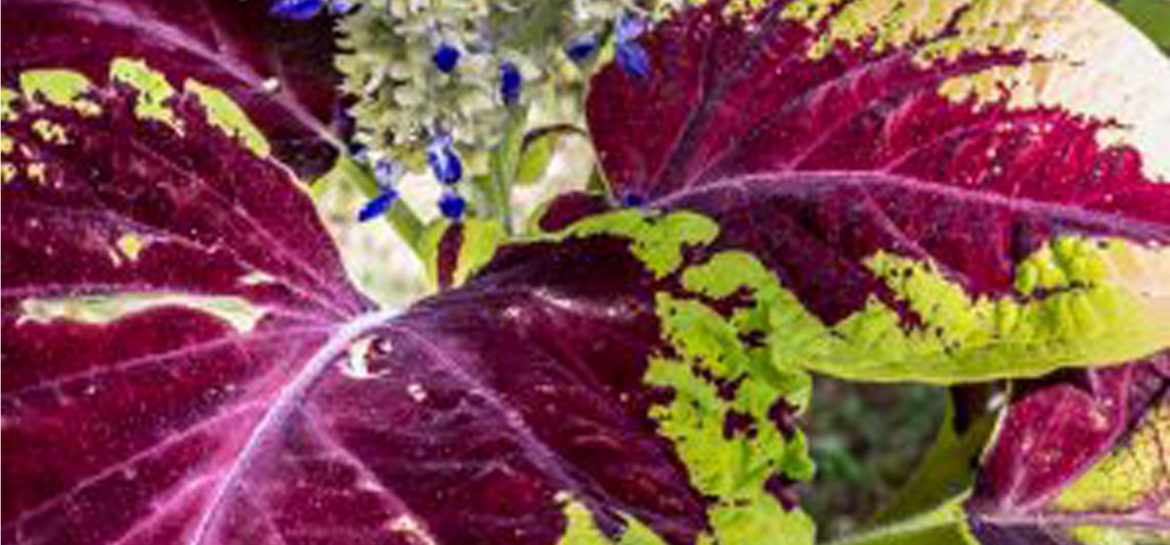
Capturing RAW in iOS 10
Last month Apple introduced iOS 10 which added a feature much wanted by photographers — the ability to capture images in RAW format. Before the iOS 99% of images were captured as JPEGs, with a few apps using the TIFF format. Unfortunately, the native iPhone Camera app is still limited to JPEG, but third party apps have quickly jumped on the RAW bandwagon. The iPhone actually captures in DNG, which is the standardized RAW format promoted by Adobe. The difference in file size between the JPEG and DNG images is striking.
Since I use Adobe Lightroom for the bulk of my photography workflow on both my mobile devices and desktop, I decided to put the Camera in Lightroom to the test. I am using my new iPhone 7 Plus, which sports a 12-megapixel camera. The JPEG image of the coleus plant featured below is 2.56 megabytes, while the DNG version of the image is 14.79 megabytes — more than enough to produce a large size inkjet print. I shot the same image in both JPEG and RAW …
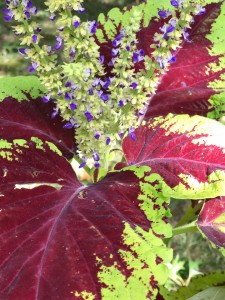
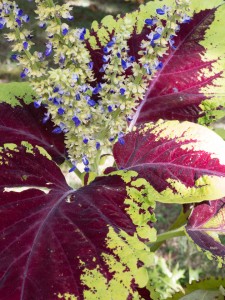
… then edited both images in Lightroom. After editing the RAW image is more natural looking, the blown out area in leaf on the right side of the image has been recovered, and there is more detail in the leaves.
Another example, this one shot through the window in my studio. The first two images are the JPEG and RAW as shot, the second two are after Lightroom edits.
